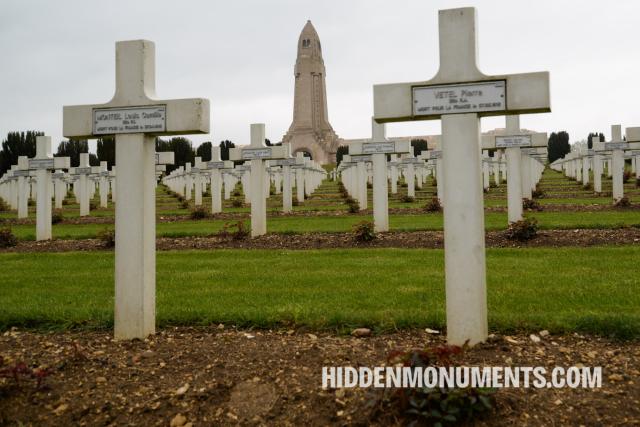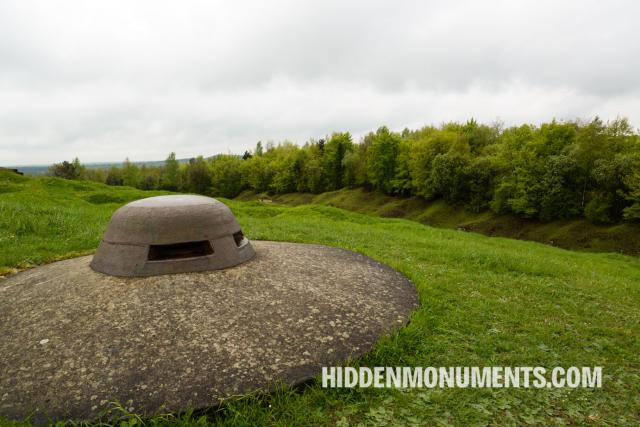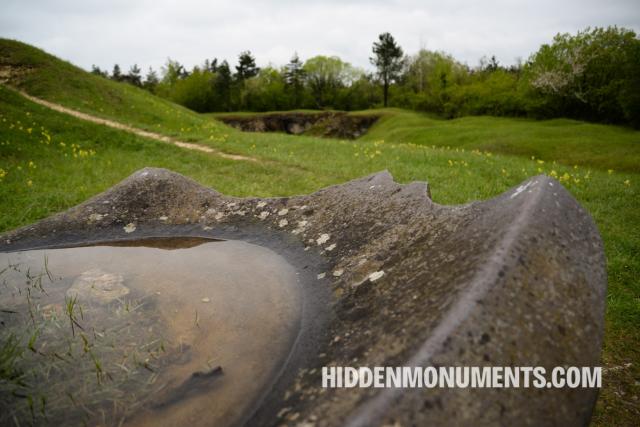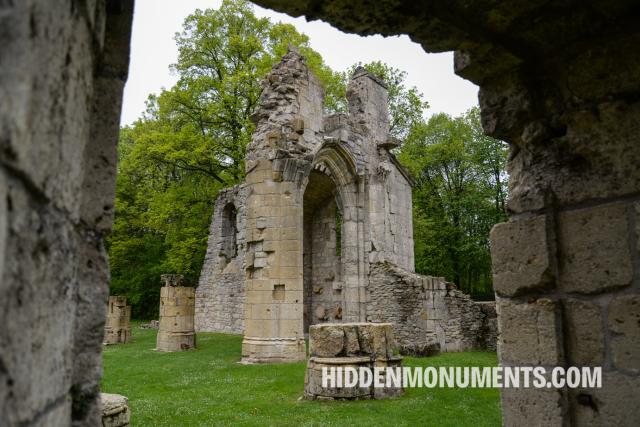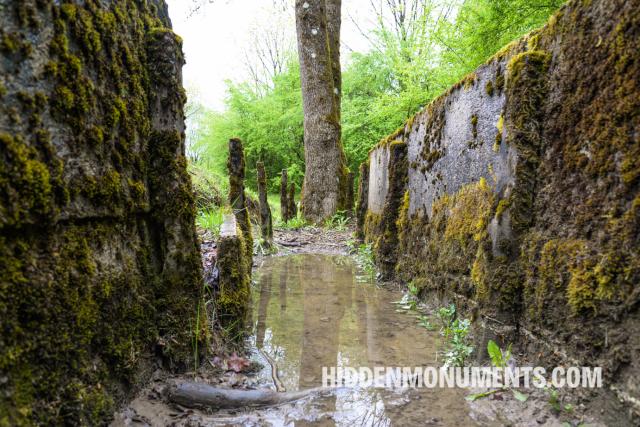Monday morning, February 21, 1916. It is a quarter past seven in the morning when the German army opens fire on the forts north and east of Verdun in France.
Battle of Verdun: points of interests
Monday morning, 21 February 1916. It is quarter past 7 in the morning when the German army opens fire on the forts north and east of French Verdun. Or the starting shot of one of the bloodiest battles during World War I.
- 8 destinations
The thousand inhabitants of the French village of Ornes, on the edge of a forest in the early 20th century, were awoken from their idyllic lives at the outbreak of the First World War.
The bayonet trench in Douamont, France, is a war memorial on the Verdun battlefield that rests on a war myth.
Fort Vaux in Verdun has become a symbol of the heroism of the French soldiers who braved days of siege and shell attacks by the German army during the First World War.
Around 620, a community of monks founded an abbey atop the hill of the French village of Montfaucon d'Argonne.
A stone's throw from the Douamont fortress meanders the Boyau de Londres, a World War I trench.
Get the latest stories straight to your inbox
Latest from the blog
If you love hiking and exploring industrial history, the Minett Trail in southern Luxembourg is the perfect adventure. Winding through the country’s historic steel heartland, this trail connects old industrial sites, cultural landmarks, and striking landscapes.
All photos and stories are copyrighted. Of course, linking to articles on the site is possible and allowed.
If you would like to use photos or articles from this website, please contact bart@hiddenmonuments.com.
© 2003-2025 Hiddenmonuments.com
